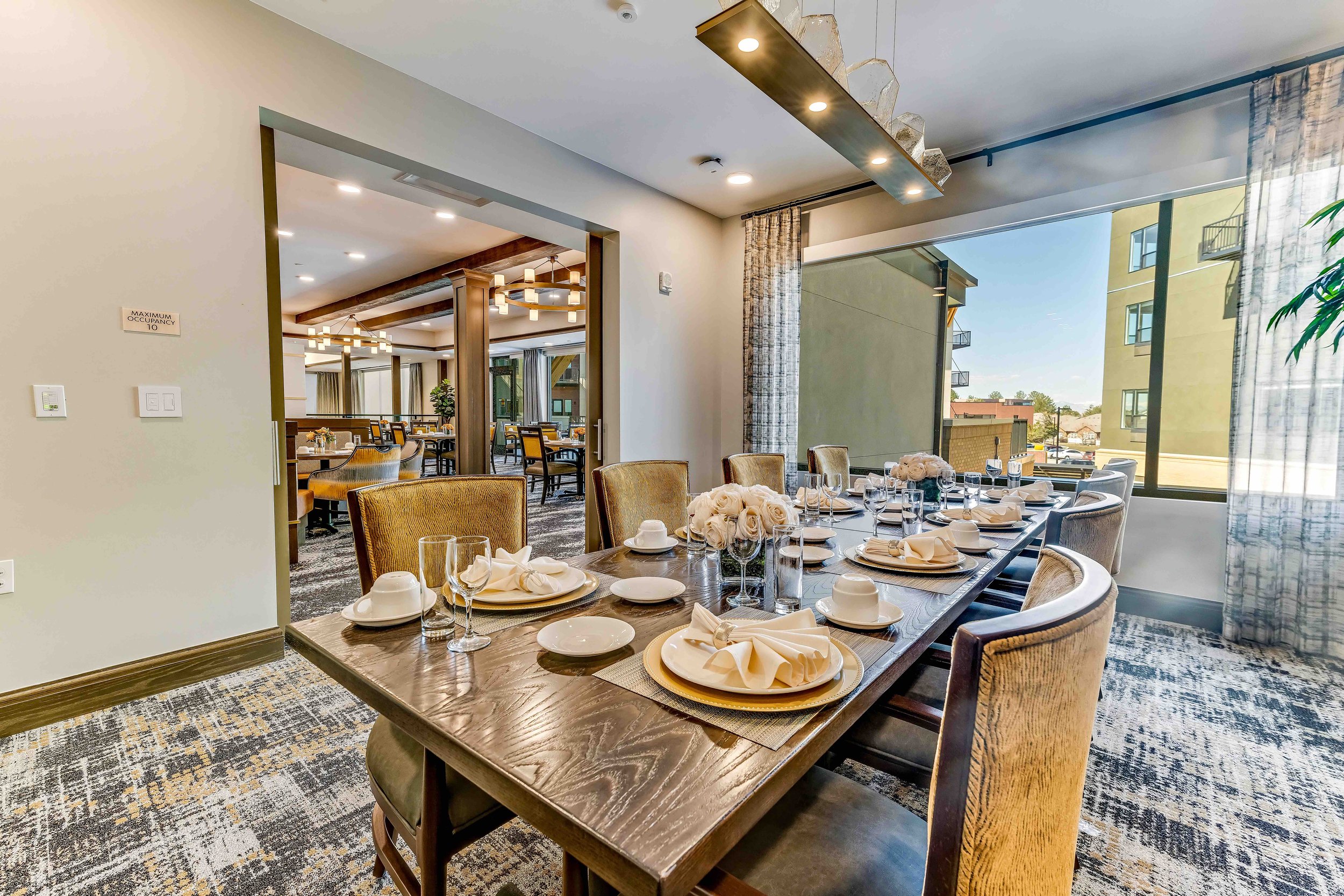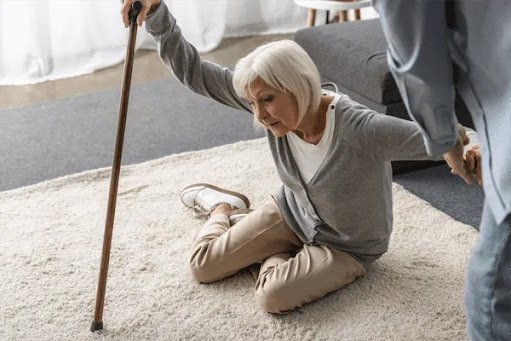How 24/7 Concierge Services Are Elevating Senior Living Experiences
Imagine having someone on hand to assist with every little detail, from booking reservations to arranging transportation or even delivering a last-minute gift. For seniors in senior living Centennial, 24/7 concierge services are transforming day-to-day life by making it easier, more convenient, and much more enjoyable.
What Is a 24/7 Concierge Service?
Think of it as a personal assistant available around the clock. Concierge services in senior living communities provide support for both daily needs and special requests. Whether it’s scheduling a doctor’s appointment, organizing a family visit, or setting up tech devices, the goal is to simplify life so residents can focus on what matters most.
Why Concierge Services Matter
Life in retirement communities Centennial is all about enjoying the golden years with as little stress as possible. Concierge services play a big role in enhancing this experience by:
Saving Time: Residents no longer need to navigate complex scheduling or make endless calls—they simply ask the concierge for help.
Providing Peace of Mind: Knowing there’s always someone available to assist creates a sense of security and ease.
Encouraging Independence: While help is always there, residents maintain control over their choices and activities.
How Concierge Services Help Seniors
The beauty of 24/7 concierge services is their flexibility—they can adapt to almost any need. Here are just a few ways they make life better:
Transportation Coordination: Need a ride to a medical appointment or a family gathering? The concierge will handle it.
Event Planning: Whether it’s a small birthday celebration or tickets to a local play, the concierge takes care of the details.
Daily Errands: From picking up prescriptions to arranging grocery deliveries, the service makes everyday life seamless.
Technical Assistance: Struggling to figure out a smartphone or TV remote? The concierge can offer quick, hands-on help.
A Day in the Life of Concierge Service
Take Carol, for example. She lives in retirement home Centennial and recently used her community’s concierge to plan a family brunch. “I mentioned the idea, and they handled everything,” she said. “From setting up the reservation to arranging transportation for my daughter—they even made sure I had fresh flowers for the table. It was wonderful!”
The Personal Touch
Concierge services aren’t just about tasks—they’re about connections. Many concierges build strong relationships with residents, learning their preferences and anticipating needs. This personal touch adds warmth and a sense of care to the service.
More Than a Luxury
What once seemed like a luxury is now becoming a standard feature in high-quality senior living communities. For residents, it’s about having the freedom to live fully without the stress of managing life’s logistics.
Whether it’s simplifying daily routines or making special moments unforgettable, 24/7 concierge services are truly elevating the senior living experience in Centennial.



















